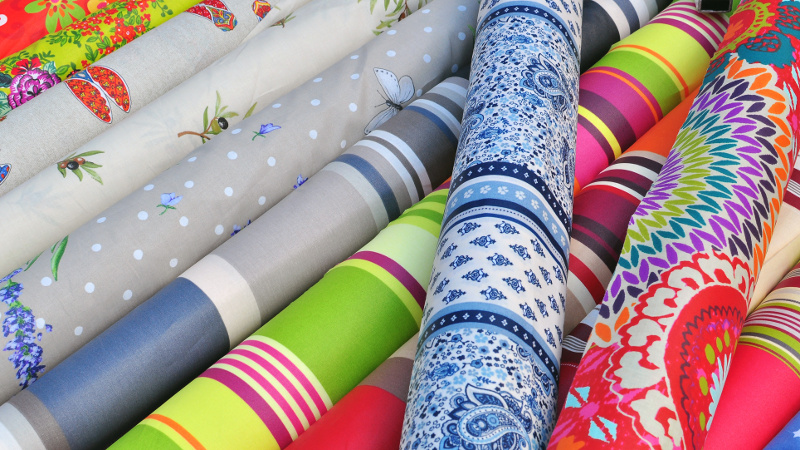The textile industry has played a significant role in shaping the fashion industry over centuries. The evolution of textiles, from hand-spun natural fibers to sophisticated synthetic materials, has influenced the way we dress and perceive style. This progression reflects not only technological advancements but also cultural shifts and economic changes.
In ancient times, clothing was tealightcups.com primarily camkinks.com freetaklive.com functional, designed to protect against harsh weather conditions or physical hazards. Textiles were made from readily available resources like animal skins or plant fibers. As societies developed and trade routes expanded, so did the variety of materials used for clothing production. Silk from China became a symbol of luxury in Rome; wool from England was highly sought after across Europe; cotton from India revolutionized European fashion.
Over time, textiles became an essential part of cultural expression. Patterns woven into fabrics advectionusa.com told stories or represented tribal affiliations. In Africa, Kente cloth’s intricate designs signified social status and personal history while tartan patterns distinguished Scottish clans.
During the Industrial Revolution in the 18th century, mechanization transformed textile production. Machines could produce fabric faster than human hands could weave it – making clothing more affordable and accessible to all socioeconomic classes. This democratization led to a boom in fashion consumption that continues today.
The 20th publishername.com century saw another major shift with the introduction of synthetic fibers like nylon and polyester which further diversified our wardrobes by providing new textures and functionalities such as wrinkle resistance or waterproofing properties. These innovations allowed designers to experiment with form-fitting silhouettes or avant-garde shapes previously unachievable with traditional fabrics.
Today’s textile technology continues to push boundaries fppradionews.com in fashion design by integrating smart textiles that can change color according to temperature or even monitor health data through embedded sensors – blurring citlalisphotography.com lines between apparel and technology.
However, this progress comes at an environmental cost as fast-fashion practices have led to increased waste generation due to short-lived trends encouraged by cheaply produced clothes made possible through mass-produced textiles. This has led to a growing movement towards sustainable fashion, focusing on organic or recycled materials and ethical production methods.
The textile industry’s influence over the fashion world cannot be understated. It has shaped trends, defined eras, and sparked revolutions in design. From the humble beginnings of goldenlipsofsilence.com hand-spun fibers to the high-tech smart fabrics of today, textiles have continuously evolved alongside our changing needs and tastes. As we move forward into a more conscious era of consumption, it will be fascinating to see how this interplay between textile innovation and fashion continues to unfold.




